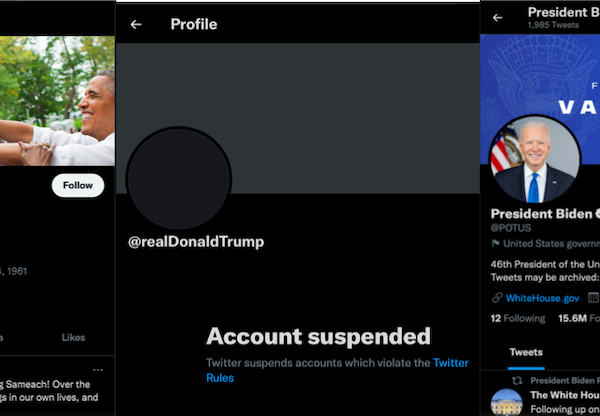A friend of mine recently asked if stations run more commercials in their newscasts during political season. I wanted to say, “Duh, yes!” but, of course, did not.
Political advertising is a specialized field. There are a number of advertising agencies in Washington that have made content and the placement of political ads a science. One thing they all agree on is that the very best place to run a political commercial is in a local newscast. Why? Because local news viewers are far more likely to vote than the general public. That’s why stations that do not produce local news rarely receive any political advertising at all.
Stations of course want as much political revenue as possible. Qualified candidates for office have the legal right to pay the lowest unit rate available in any particular time period, but advocacy spots run by political action committees (PACs) have no such protection. Stations are free to charge whatever the market will bear. I’ve seen last minute PAC advertisers pay up to double the price of normal rates just to get into a first-place local newscast.
For news directors, less time for news during high political demand is a fact of life. More breaks, or much longer breaks, in newscasts are the norm. Hard decisions have to be made such as, “Do we even have time for sports tonight?” News director “victimhood” is often on display.
Rather than just acting like a victim, here are some things that might make life a little more bearable. First, make sure you have a good relationship with your general sales manager. Neither of you wants the ratings to hurt, so work together and take time to lay out all your shows, seeing what each would look like with different levels of a temporarily increased commercial load. Try and get an up-front agreement with your GSM as to the most he or she will try to pack into the newscast and do this far in advance of political demand. Otherwise, the heat of the moment just before an election might choke your newscasts. Make sure your general manager is aware of the agreement.
Since promotional spots are the first thing to go during political advertising windows, ask for increased news promotional schedules outside of high demand months. This should be an easy get.
Talk with your GM and GSM about possibly producing an unbudgeted prime time political special. Station network contracts provide for these kinds of preemptions, so you will be within the rules. Some of the political advertising pressure can then move to the special. Plus, you can ask for extra resources to produce the show since all the revenue will be technically unbudgeted. Caution, don’t suggest preempting a popular program that has strong revenue; find a weak show.
If political demand is really crazy in your market, offer to start your newscast earlier on a temporary basis. The wisdom of this will, of course, depend on how much revenue will be lost from the regular program you are preempting. Expanding weekend newscasts just before an election might also make sense; look at every option.
At some point this year, political advertising is going to temporarily reduce the amount of news in your shows. There is no way around that fact, but thinking ahead can make a real difference.

Hank Price is a veteran media executive, educator and author of Leading Local Television (BPP, 2018) and co-author of Managing Today’s News Media: Audience First (Sage, 2015) a management textbook. He is a frequent speaker to television industry groups about the future of media. He currently serves as Director of Leadership Development for the School of Journalism and New Media at Ole Miss. During a 30-year career as a television general manager, Priced specialized in turnarounds, leading television stations for Hearst, CBS and Gannett. During this time, he became known for turning traditional businesses into multi-platform brands. Simultaneously, he spent 15 years as senior director of Northwestern University’s Media Management Center, teaching in both the domestic and international executive education programs.








